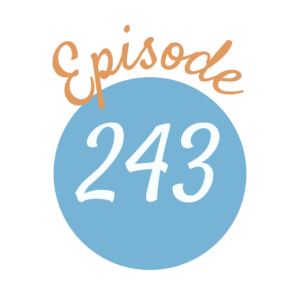
Living books are the heart of the Charlotte Mason method of education, and providing a wide variety of books is essential. Of special importance to families in this century is reading living books about and from the perspective of people of various ethnic backgrounds. Today’s guest, Nicole Cottrell, describes her gift to the Charlotte Mason community of a database of diverse living books particularly of people of color. We also discuss several other places to find living books of all sorts.
Listen Now:

A Place to Belong, Amber O’Neil Johnston

Living Books Lady
Biblioguides
Reshelving Alexandria
Charlotte Mason City Living (Multicultural Books)
Sabbath Mood Homeschool (Living Science Books)



